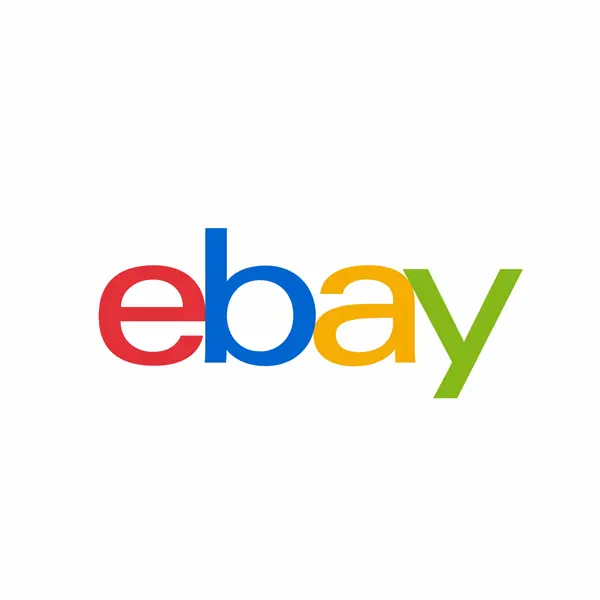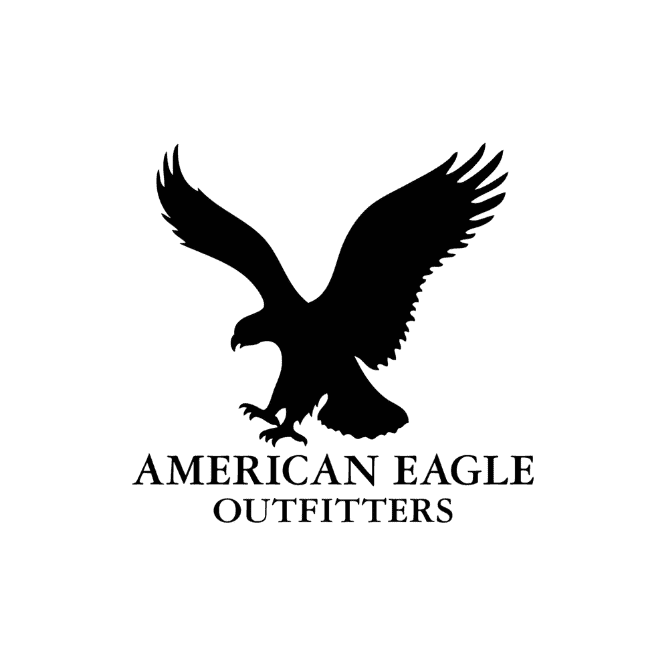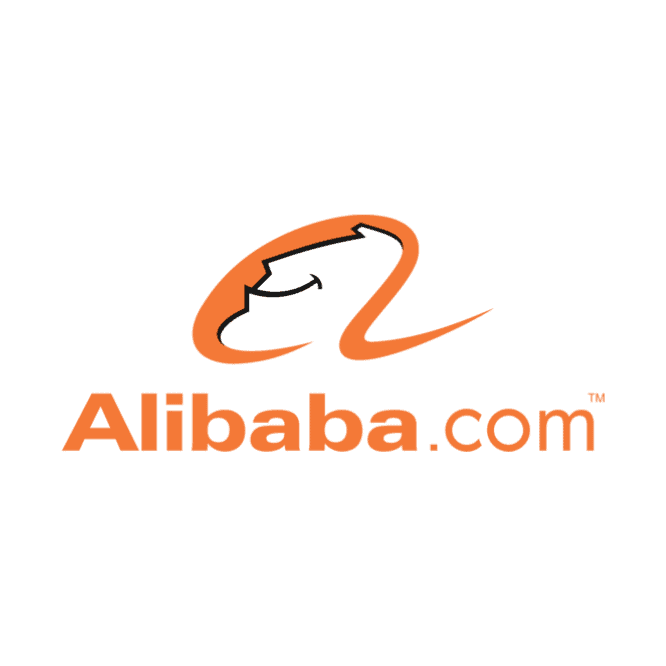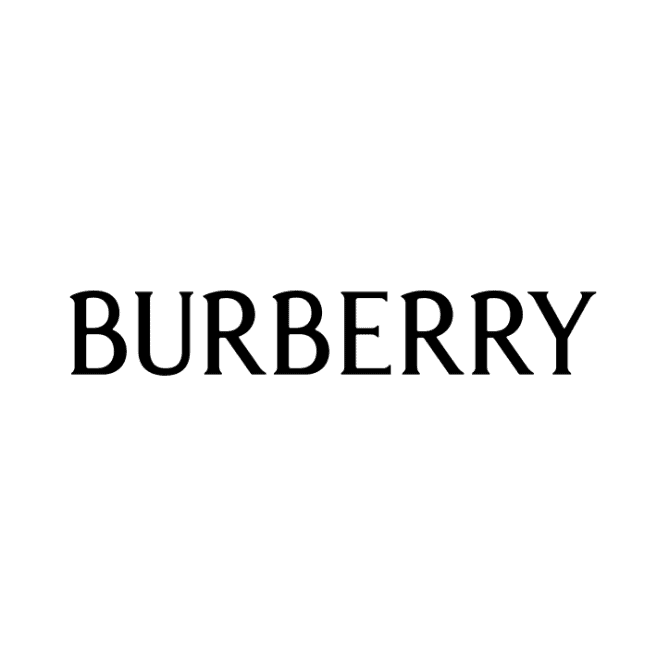About eBay
eBay is one of the world’s oldest and largest online marketplaces, founded in 1995. Unlike traditional retailers that sell their own inventory, eBay acts as a facilitator, connecting millions of buyers and sellers globally. The platform is famous for its auction-style listings, but today the majority of its business comes from “Buy It Now” transactions.
eBay is a go-to destination for rare collectibles, second-hand goods, refurbished electronics, auto parts, and discount brand-name items. For affiliates, it offers a massive inventory of over 1.4 billion listings, ranging from a $1 vintage coin to a $100,000 luxury car.
eBay Affiliate Program Overview
The eBay Partner Network (EPN) is the in-house affiliate program for eBay. It allows partners to earn money by driving traffic and sales to eBay’s global marketplace. It is a well-regarded program due to the brand’s high trust factor and the sheer volume of unique products available.
| Feature | Information |
| Industry | E-commerce / Retail / Marketplace |
| Product Type | Physical Goods (New, Used, Refurbished, Collectibles), Motors, Some Digital Goods |
| Affiliate Program Type | CPA (Cost Per Action) / CPS (Cost Per Sale) |
eBay Affiliate Program Offers
eBay offers a distinct set of terms compared to other retail giants. While the cookie duration is short, the “Buy It Now” and “Auction” conversion events provide flexibility.
| Feature | Information |
| Promotional Materials | Smart Links, Creative Gallery (Banners/Logos), Bookmarklet tool, Link Generator, Smart Placements (Dynamic Banners), APIs. |
| Affiliate Cookie Duration | 24 Hours (for “Buy It Now” items). For Auctions, if a bid is placed within 24 hours, you earn a commission if the auction is won within 10 days. |
| Accepted Traffic Source | Websites, Blogs, Social Media (Facebook, Instagram, TikTok, Pinterest, etc.), Mobile Apps, authorized Email Marketing. |
| Accepted Countries | Global (eBay operates in 13 main global programs including US, UK, AU, DE, IT, FR, CA, etc., but accepts traffic from nearly anywhere). |
| Explicit Content | No. eBay strictly prohibits placing affiliate links on sites with adult/sexual content. |
| Religious or Political Content | Restricted. eBay generally prohibits association with content that promotes discrimination, hate speech, or violence based on religion or politics. Highly controversial political content is typically not a compliant placement. |
eBay Affiliate Commissions & Payments
eBay pays partners a percentage of the revenue eBay earns from a sale (not the total sale price), which they call a “Priority Listing” or Category-based commission. Note that there are earning caps per item (e.g., you might be capped at earning $550 for a single sale).
| Feature | Information |
| MLM (Multi-Level Marketing) | No |
| Commission Rate | 1% – 4% (Varies by category. e.g., Parts & Accessories is often higher; Electronics/Video Games often lower). |
| Commission Structure | Percentage of eBay’s revenue (sale fees) from the transaction. |
| Payout Frequency | Monthly (Around the 10th of the month). |
| Payout Methods | Electronic Funds Transfer (Direct Deposit) and PayPal. |
| Minimum Payout | 10 units of your account currency (e.g., $10 USD, £10 GBP, €10 EUR). |
Suitable Affiliates for eBay Affiliate
Because eBay sells everything, it is suitable for almost any niche. However, it is particularly powerful for niches where “used” or “hard-to-find” items are popular.
- Bloggers: Ideal for niche bloggers (e.g., “Vintage Camera Lovers,” “Sneakerheads,” “Auto Parts”) who can link to specific rare items or search results.
- TikTokers: Great for “Thrift Haul” videos, vintage fashion showcases, or “Flip Challenge” content where creators buy cheap and sell high.
- KOC (Key Opinion Consumers): Suitable for reviewing specific affordable gadgets or refurbished tech found on eBay.
- KOL (Key Opinion Leaders): High-end collectors (watches, trading cards) can monetize their expertise by directing followers to trusted eBay listings.
- Influencers: Fashion influencers focusing on sustainable/second-hand fashion (Pre-loved) perform very well here.
- YouTubers: Tech reviewers (buying old tech to restore), car mechanics (linking to parts), and unboxing channels.
- Video Editors: Can use eBay to find affordable equipment (lenses, lighting) and recommend these budget setups to their audience.
- Livestreamers: Hosts who do “live breaks” of trading cards (Pokemon/Sports cards) or live auctions often utilize eBay for inventory or price checking.
eBay Affiliate Software
No, they do not use a third-party network like Impact or CJ anymore. eBay uses its own In-House Affiliate Management Software known as the eBay Partner Network (EPN) Portal. This custom-built platform provides detailed reporting, link generation tools, and performance analytics directly from eBay.
3 Alternatives for eBay Affiliate Program
Here is a comparison of eBay against its three biggest competitors: Amazon Associates, Walmart, and Etsy.
| Comparison Factor | eBay Partner Network | Amazon Associates | Walmart Affiliate | Etsy Affiliate |
| Average Bill (AOV) | Medium ($30 – $50)
(Higher for Motors/Watches) |
Medium ($40 – $60)
(Very high volume) |
Medium ($50 – $70)
(Groceries boost this) |
Low/Medium ($30 – $40)
(Handmade items) |
| Entry Fees | Free | Free | Free | Free ($5 listing fee for sellers, free for affiliates) |
| Withdrawal Threshold | $10 | $10 Gift card/Direct deposit – $100 Check | $50 | $20 – $50 (Varies by network) |
| Payment Frequency | Monthly (Net 30) | Monthly (Net 60) | Monthly (Net 60) | Monthly / Bi-Monthly |
| Commission | 1% – 4% (Capped) | 1% – 10% (Fixed rates) | 1% – 4% | 4% (Standard) |
| Conversion Rate | High (~2-5%)
(Trust is high, but auctions can add friction) |
Very High (~5-15%)
(Prime makes buying easy) |
Medium (~2-4%) | Medium (~1.5-3%) |
| Marketing Materials | Banners, Smart Links, API | SiteStrip, Banners, API | Banners, Text Links, SDK | Banners, Curated Pages, Newsletter |










